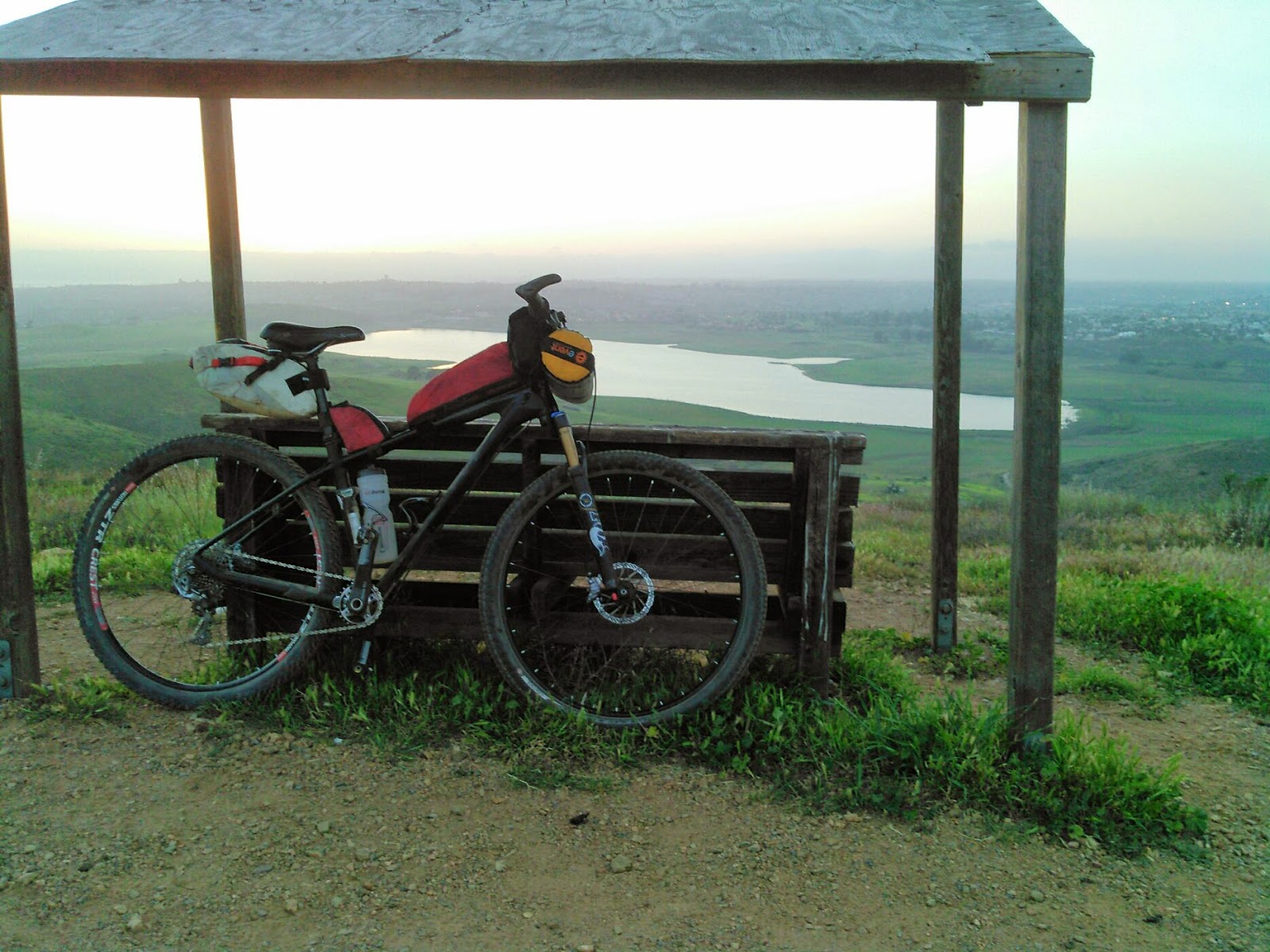try to always train fully loaded
Some ‘veteran’ gear selection and training observations
directed towards TDR rookies and 1st time multi-day racers:
#1 what is your intent?
IE: why are toeing the line in Banff?
A) to finish in AW’s with your absolute best time,
ie: you intend to race.
or
B) mostly to 'just finish' and enjoy the experience,
ie: you intend to tour, maybe fast, maybe fast & hard, but still your main
intent is to tour rather than race.
The following perspectives really only apply if you
answered with an A.
Gear choices for a Multi-Day race:
All gear choices should be evaluated
by this criteria: To the best of your knowledge, when deciding between gear choice
A and choice B, which one will help you arrive in AW’s the soonest.
It’s really that simple, yet also
incredibly complex.
Example A) Navigation—to my knowledge
the fastest nav method when used by an experience user is a bar mount GPS unit
that is always on. All other methods, especially
maps and cycle computers are always slower.
IE: no matter how fast you go with maps you could have gone faster with
the GPS method
Example B) Lighting, charging
and batteries—to the best of my knowledge a tested/proven dyno hub system is equal
to or faster than all other methods. The
main reason dyno systems are becoming main stay on the TDR is their fully self-contained
capability to ALWAYS let you continue at a relatively fast pace in the dark. No other system can fully match this capability.
IE: no matter how fast you go with other
systems you could have gone faster with the dyno hub method
So if you intend to pull out all the stops and ‘race’
just apply this same rational to all your other gear choices. You will by definition arrive at Banff with a
light, race ready rig.
Training for the TDR:
Training for the TDR is not just physical conditioning,
it’s a given that if you plan to ‘race’ you will arrive at Banff fully
fit. Fully fit can be loosely defined as
able to ride your fully loaded TDR bike for 12-18 hours, just below, to well
below anaerobic threshold—and then rinse and repeat for about 15-25 days. In other words you basically need a solid base and if you don't have most of it by now work hard to get there.
fully loaded back in Jan.....
Marshal’s simplistic Rookies TDR Training Plan:
Starting today-by the end of March have all your gear choices behind you. As much as possible always train on your
fully loaded bike. Eat so as to hit your
body weight target, ride so as to hit your mileage/time targets
Thru April--Practice setting up and breaking down
camp. Practice fast convenience store
pit stops. Practice GPS navigation with
whatever system you have chosen. Pull
several 100+ mile rides, no slug fests but easy pace overall, overnight if conditions/work allow. Always be testing and refining your gear choices
during this period. .
Thru May pull off at least one, if not several, full
blown ‘multi’-day efforts. These
multi-day efforts are where you build confidence in your fitness level and gear
choices. Now is when you put to the test
the whole package, fitness, gear, multi-day craftsmanship, navigation, mental self-control
etc etc. These multi-day practice
efforts need not be done at maximum physical exertion but should be stiff
enough too lightly to moderately fatigue you both mentally and physically. During these May efforts continue to
test/refine your gear but by now you should be down to deciding which pair of
socks to use—ie: the thick ones or the thin ones.
End of May—rebuild your drive train, new tires etc
etc. Test your rebuild with +100 miles
or so. Taper if you feel the need but a true
taper/peak routine is rather meaningless for the TDR.
Best of luck! Especially to those who come to race



























